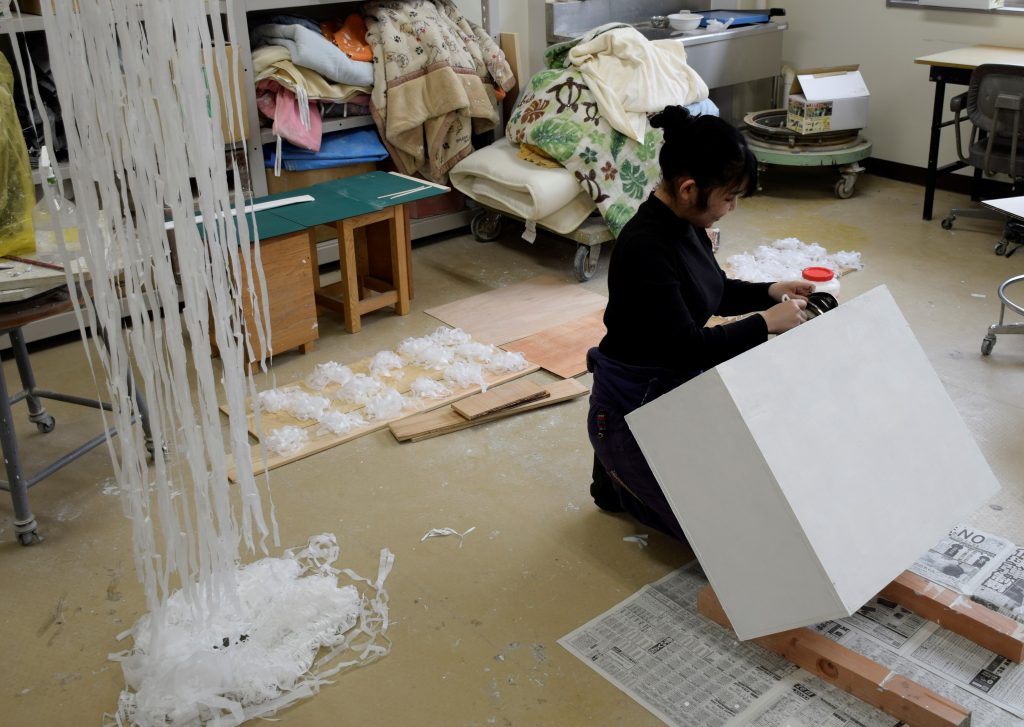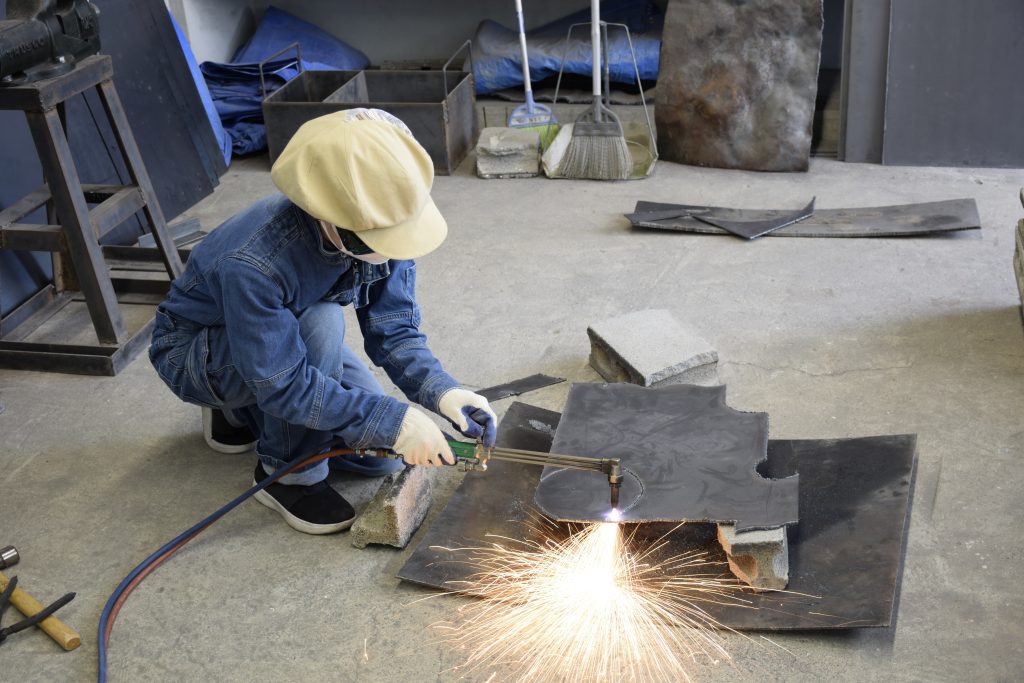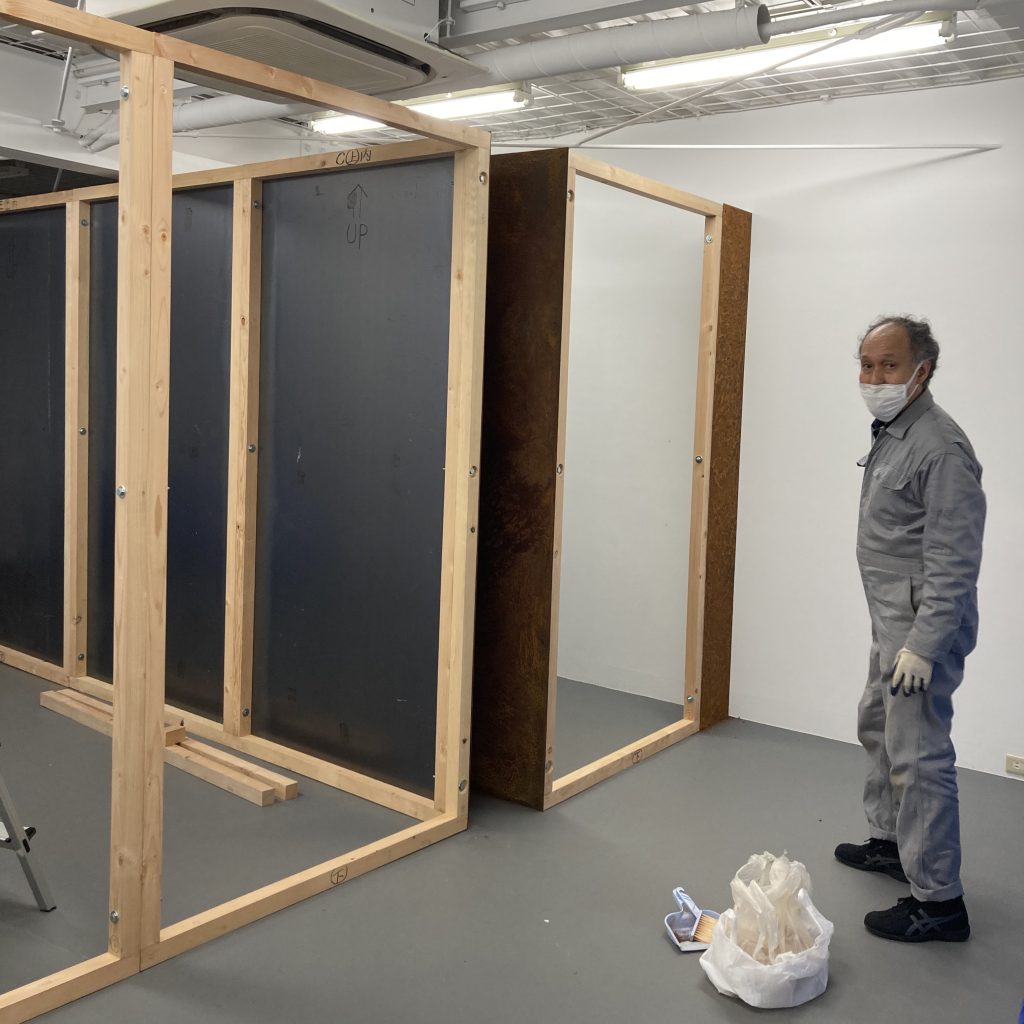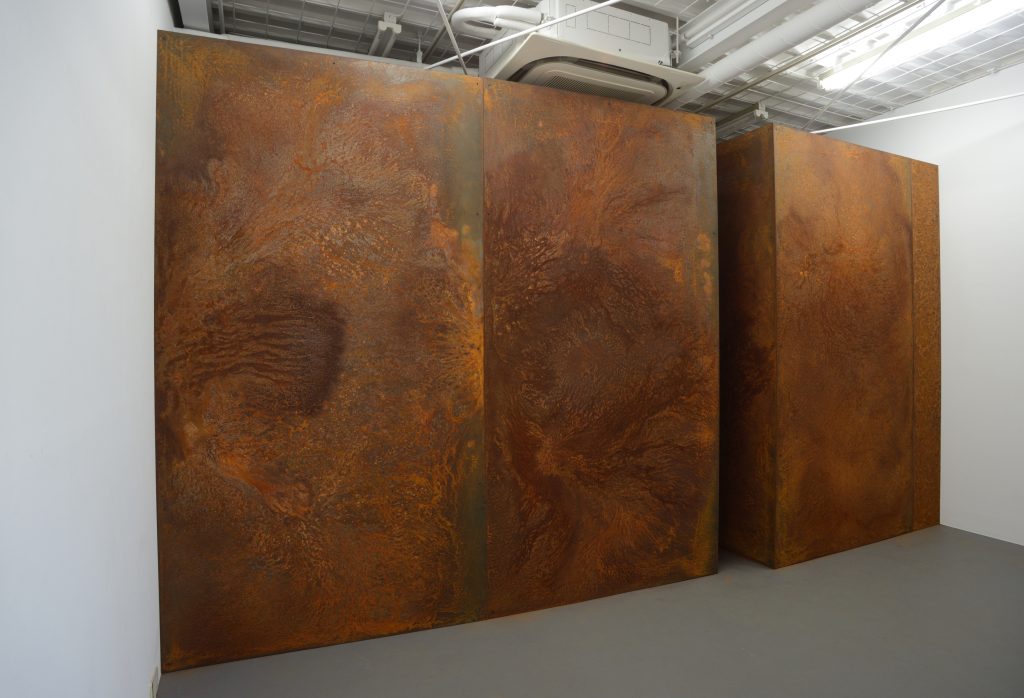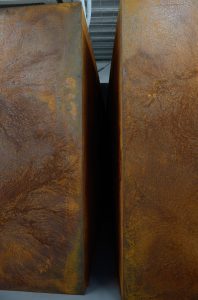Contemporary Art as a Question
※The content is current at the time of writing.
The theme of facing things that are never as I want them to be, using time, space, and matter as materials.
Research Overview
There is no clear-cut field of contemporary art. What constitutes contemporary art is very vague, and for the time being, it may be better to say that it is the expression of people living in the same era. When do we mean by “contemporary”? Although things change remarkably in a few years in the modern age, I would say that the past 100 years or so are within my range of thinking. Without that period of time, I believe it would be impossible to discern what is hidden behind the surface of the times and to express the world, including human life, the society to which we belong, and the natural sciences.
The concept of art itself does not have a strict definition, but rather, it has different faces depending on who is looking at it and who is creating it. It can be something that soothes the viewer, a hobby for a rich lifestyle, a cultural resource that can help revitalize the economy, or a medium for sending a message to a society or people who are facing difficulties. Among these, the contemporary art that I am exploring is not something that exists as an answer to some question, but rather as a question that cannot be fully answered by words, which people of the same age have in their lives. My aim is to create works of art that exist as something attractive with the strength of a thing, even though they cannot be translated into words. This is not the same as saying that the work has no meaning. On the other hand, it is a work of art that never settles on a single interpretation, but always keeps asking the question, “What is this? The artist explores the possibility that these questions will lead to questions about who I am, where society is, what this world is, and so on.
Research Features
Using a variety of materials such as iron, wood, and paper, I create sculptures, installations, and sometimes two-dimensional works and drawings. In terms of materials, I have not been conscious of limiting my work to specific materials, but rather have focused on the concept of the work. Basically, I consider the work and the entire space around it to be the work of art, regardless of the method used, including the creation of installations in which the entire exhibition space is considered to be the work of art. In addition, art works usually seek permanence, but on the contrary, some of my works change over time, for example, when I work with rusted iron, and it can be said that I introduce time into my works.
The theme of my work has been how to deal with things that are never exactly as I want them to be. This concept of things that are not as I wish them to be cannot be treated as a convenient tool for my inner expression or self-realization. Or, it is the “other,” with whom I must constantly repeat a dialogue, because I cannot understand it as an extension of my own thoughts.
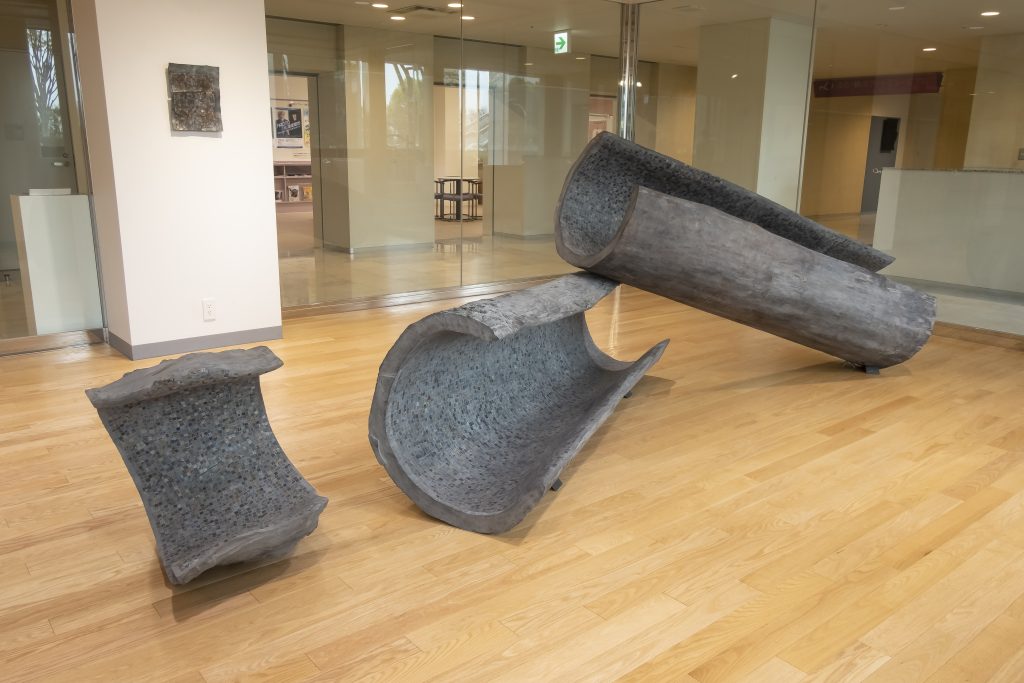
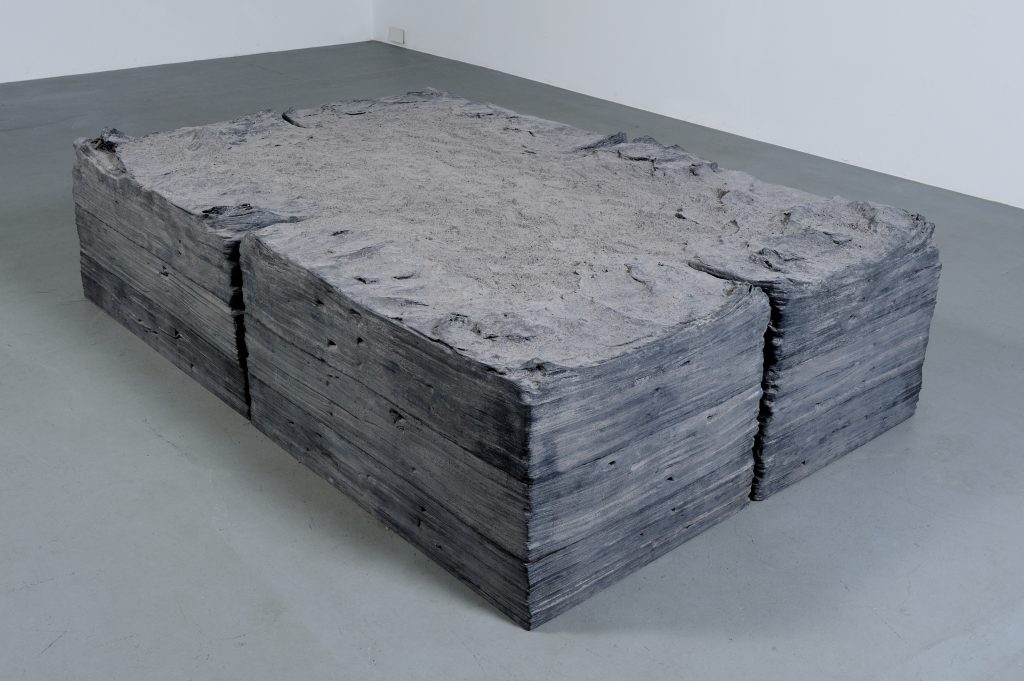
Research Attraction
We live in a society, organization, or other group to which we belong, sharing to some extent our views and values with each other. This is essential to stabilize the group to which we belong and to build a safe and secure daily life for its members. On the other hand, works of art, which are not answers to our daily lives but rather questions themselves, exist as extraordinary. Art works that appear in the midst of the everyday blur the boundary between the ordinary and the extraordinary, and may shake up our collective, taken-for-granted and unquestioned views of things and values. They also have the potential to create new ways of seeing and valuing things by exposing the oppression and exclusion of things that may be lurking behind the everyday and that are not as we wish them to be. To create art works, which are extraordinary and new to this world, is to transform, however slightly, our everyday world.
Future Outlook
Currently, he is working on a series of works that actively introduce iron as a “material” that cannot be changed by rusting or heat, as the creator wishes. While experimenting with various techniques such as sculpture, relief, and installation, he plans to explore new possibilities of iron works for the time being. On the other hand, in the long term, even though I have been working for the past 100 years or so, I cannot predict exactly what will happen in the future, just as I cannot predict exactly how my work will change. Rather, I would like to look forward to what will happen, who I will meet, and what kind of works I will be able to create in the future life and society.
Message to those who are interested in this research
When it comes to art, many people probably feel that acquiring drawing skills and other techniques is a major hurdle. Of course it is important to master the techniques, but what is more important is the curiosity about this world and the motivation for art that comes from it. It can be a vague motivation to paint something like this, to create something like that, or to express something you don’t know what it is but just want to express it (it is rare to have a concrete and clear motivation). (It is rare to have a concrete and clear motivation.) It depends on whether or not you can maintain that motivation.
It is also important to distance oneself a little from the way of seeing things that one takes for granted or from the values of the group to which one belongs, and to look at things from a different perspective than usual. This will lead more directly to creativity in contemporary art than to the acquisition of techniques, and will shake up the way we see things and values in our daily lives to create something new.
